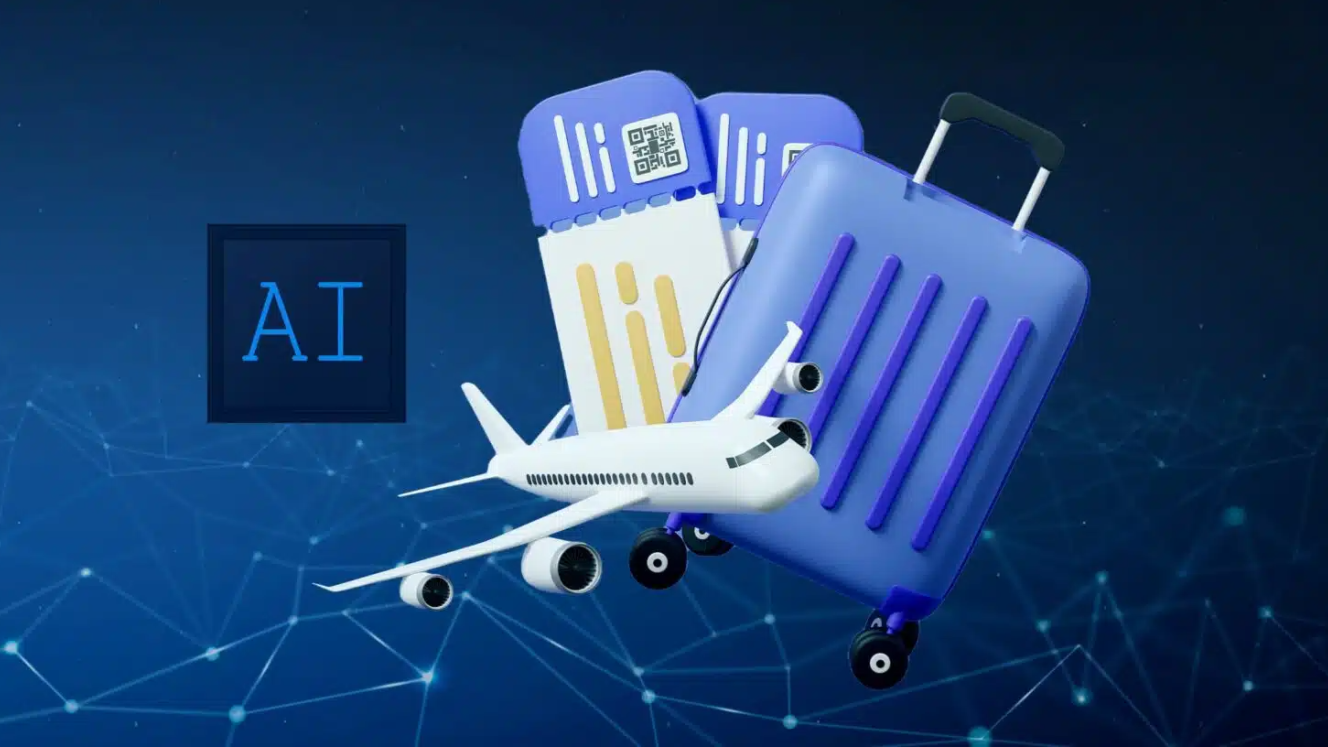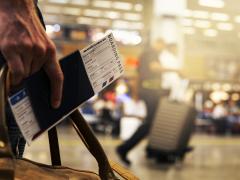A 2025 MIT study found that reservation and transportation ticket agents and travel advisers are some of the professions most exposed to the impact of AI.
Inboxes can now be automated to have correct responses for thousands of daily emails. AI can automatically read PDFs or other documents and, if built correctly, automate large parts of the quoting processes.
In supply and product, AI is used to stay on top of supplier contracts, track overrides, optimise across suppliers and even to flag breach of contracts.
In customer support, bespoke AI assistants help solve customer queries faster. Voice AI will also take on traditional interactive voice response systems, providing first line support with zero wait time.
But in the travel trade, AI is not only impacting operations, it is also changing the way companies attract and present their products to consumers, as more and more travellers turn to Large Language Models (LLMs) to discover, plan and book their travel.
The customer paradigm change
User search behaviours are changing fast, both in B2B and B2C. A recent large-scale survey by Adobe, investigating generative AI-powered shopping behaviours in the US, showed a staggering 4 700% year-on-year growth in AI traffic, albeit, off a low base.
This is especially true for travel consumers, as Accenture and Phocuswire research found that 62% of younger users were using AI for travel planning and booking and these tools were now the ‘number-one go-to channel for travel discovery’, surpassing OTAs and social media.
IT and software market research firm Gartner’s report on machine customers, predicts that by 2030, at least 25% of all purchasing decisions will be made by machines, with 75% of AI users open to letting AI make purchases autonomously. As a result, an estimated US$30 trillion (R514 trillion) in purchases will be made or influenced by AI agents.
In this AI agent economy, a travel brand's primary customer will increasingly be an autonomous AI, not a human.
LLM visibility
For this reason, it is essential for travel companies to ensure that their websites and content are made visible to their consumers via LLMs, such as ChatGPT, Gemini, Perplexcity, Claude, and CoPilot.
But how should they go about this?
Enable AI crawling
Firstly, companies need to understand if their website can be crawled by LLMs. Search engines, such as Google, use automated software to crawl and index websites so that they appear in search results. LLMs use the same type of software to enable websites with the most relevant information to appear in their results to users’ prompts.
However, this capability, determined by a website’s robot.txt file, is often set to a default that does not allow for AI crawling. The robot.txt file, one of many files associated with a website, determines the rules of engagement for which platforms are able to crawl the website. Travel companies should ensure that their websites permit AI crawling in the robot.txt file.
Q&As
Secondly, companies should ensure that their content is suitable for LLMs and consider assigning some of their marketing budget to Generative Engine Optimisation (GEO) or AI Optimisation.
Optimising a website’s ranking on AI searches is similar to Search Engine Optimisation (SEO), but it is key to ensure that the website has an extensive FAQ section, reviews and a comprehensive sitemap.
Because of the way the LLMs are structured, they love questions and answers. Optimisation has moved from solely focusing on keywords to what resemble long-tail keywords. While search engines focus on keywords, LLMs focus on sentences, particularly in the format of questions and answers.
It is important for a company to tailor the questions and answers available on their website, in their FAQs and reviews, to attract their target audience and match potential prompts that consumers would use when searching for similar products on AI.
However, these questions and answers do not have to be made visible to the website visitors. They can be organised on a back-end page so that they are only visible to LLM crawling. The content should be well structured and included on the website’s sitemap, which is a first point of reference for AI crawling software.
Speak the consumer’s language
Thirdly, once the basics are in place, businesses can implement an intelligent chatbot on their website, as this is likely to have a positive impact on their sales and customer experience.
This is especially useful to consumers buying travel, as the products are vast and complex. If the chatbot has a deep understanding of the brand and products, it makes it easier for customers to find the specific product on the travel website that meets their requirements.
Club Med captured 8,3% of total revenue from chatbot users within months, while companies consistently see three times higher conversion rates than standard websites. The business case is compelling: chatbots recover 30% of abandoned bookings and slash operational costs by 30%.
To truly see the impact of these measures, companies should ensure that their website traffic tracking is correct, using tools such as Google Analytics or other similar products.
Widespread benefits
Human-driven service is something that customers will continue to willingly pay a premium for; however, the expectation is that the service and discovery is instant and automated for non-critical matters.
This creates many opportunities in this new technological space, where the presentation of products will become less about Adwords spend and more about the quality of content and service.













